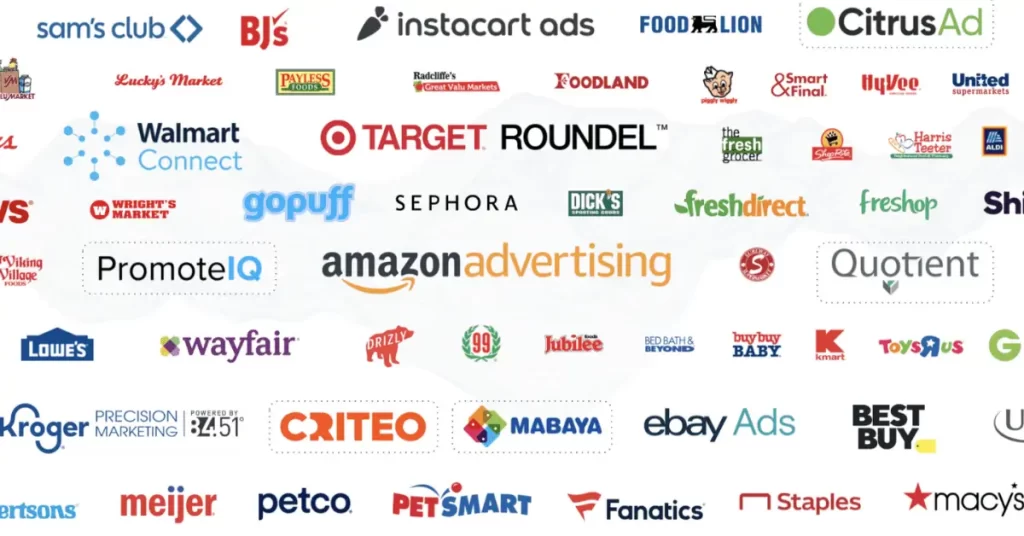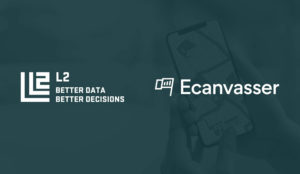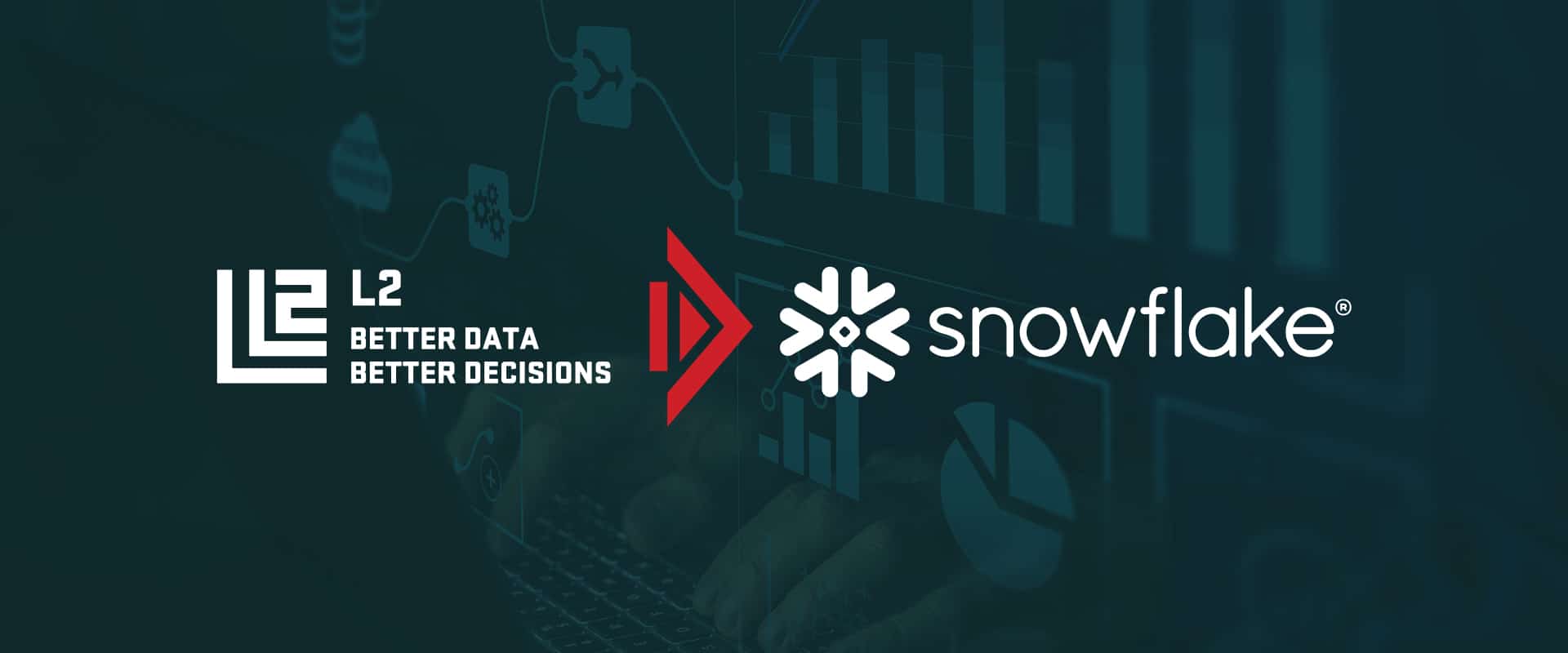
Retail media networks have quickly become a major force in digital advertising, allowing retailers to monetize their audience data and provide brands with highly targeted ad placements. To supercharge these efforts, third-party consumer data—such as L2’s national consumer file—offers a game-changing solution. Here’s how retail media networks can leverage these datasets to optimize performance and drive revenue.
Contact L2’s EVP of Sales: paul.westcott@L2-data.com for more information on L2’s national consumer file offering.
1. Enhancing Audience Segmentation
Retailers already possess valuable first-party data, such as purchase history and loyalty program insights. However, third-party data expands these capabilities by enriching audience profiles with additional behavioral, demographic, and lifestyle attributes.
- Example: A grocery chain using L2’s national consumer file can segment shoppers based on financial data, media consumption, or even automotive ownership trends, allowing brands to serve hyper-relevant ads.
2. Improving Personalization & Targeting
Third-party consumer files provide predictive modeling insights, enabling retailers to refine ad targeting beyond basic purchase behavior.
- Example: A retail media network could combine first-party transactional data with L2’s consumer insights to identify high-value customers and optimize advertising placements accordingly.
3. Expanding Reach & Omnichannel Strategy
Retailers often struggle to reach shoppers beyond their existing platforms. Third-party data helps extend their advertising reach across multiple channels, including social media, connected TV, and programmatic advertising.
- Example: A retailer can match its customer database to L2’s consumer file, ensuring ads are served to relevant audiences—even outside its owned platforms.
4. Driving Competitive Intelligence
Retailers can leverage third-party data for market analysis, identifying consumer trends and understanding what their competitors may be doing differently.
- Example: If a retail chain wants to assess competitor customer demographics, L2’s data can provide insights into broader consumer behavior, helping retailers refine their strategy.
5. Enabling Lookalike Audiences & Expansion
By integrating third-party datasets, retailers can develop lookalike audiences to identify potential new customers who exhibit behaviors similar to their existing audience.
- Example: A home improvement retailer can use L2’s data to find consumers who match their most loyal customers, refining ad spend toward those most likely to convert.
Conclusion
Third-party consumer files—like L2’s national consumer file—offer a strategic advantage in the rapidly evolving world of retail media networks. By enriching first-party data, optimizing segmentation, and extending reach, retailers can drive higher engagement and revenue while creating more meaningful ad experiences for consumers.
Are you curious about specific implementation strategies or looking for data integration best practices? Let’s dive deeper!
Contact L2’s EVP of Sales: paul.westcott@L2-data.com for more information on L2’s national consumer file offering.






